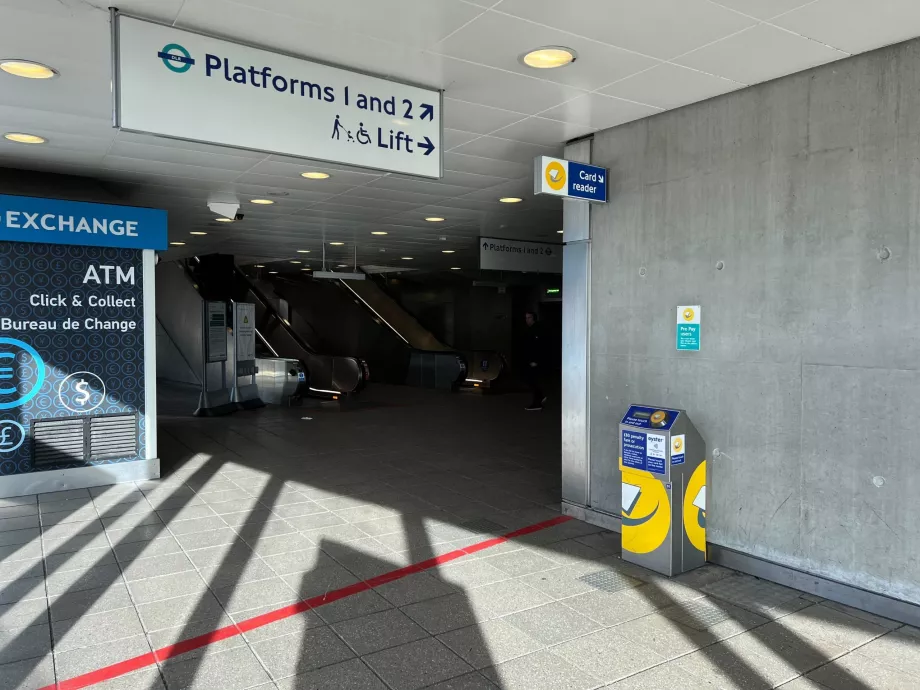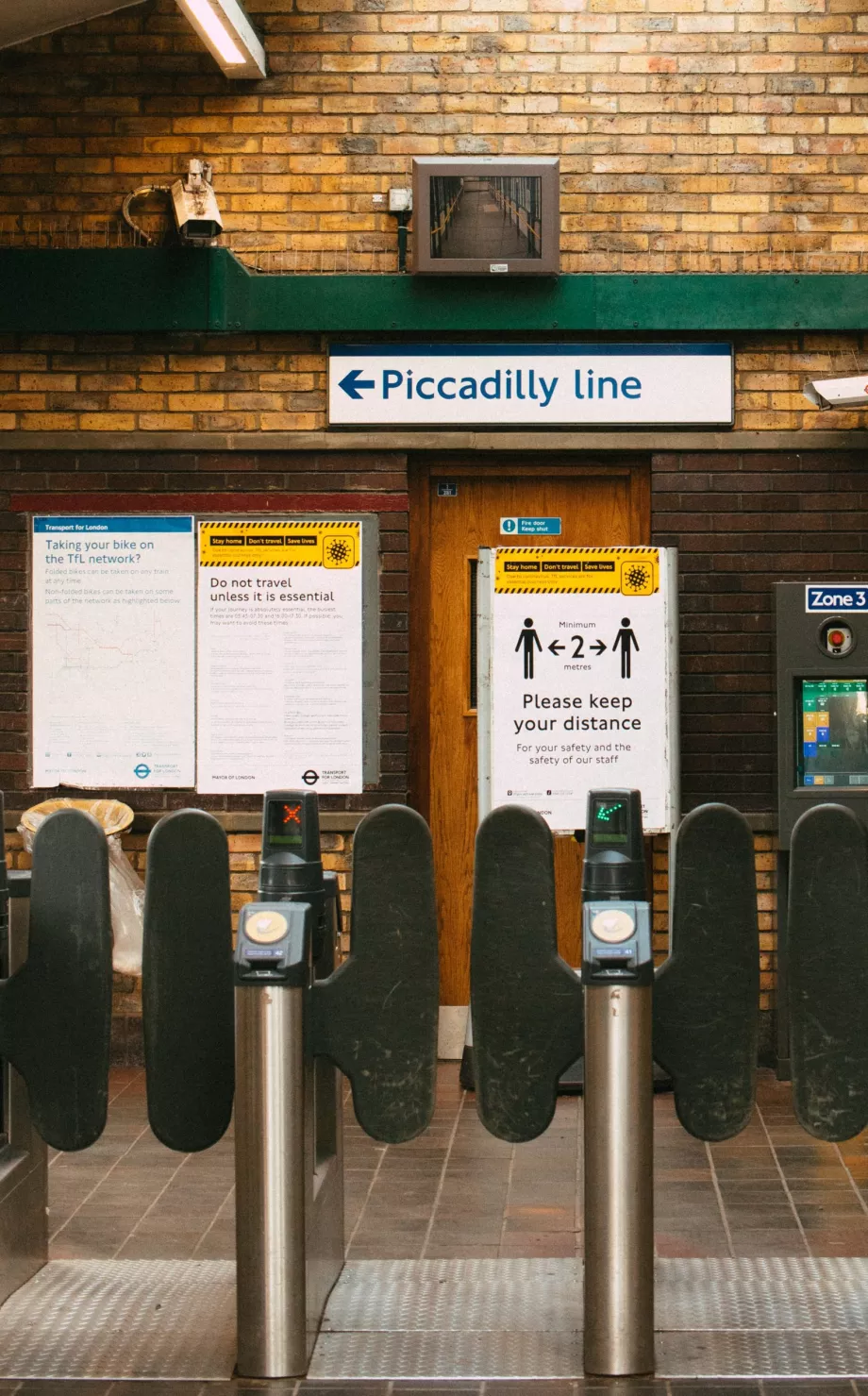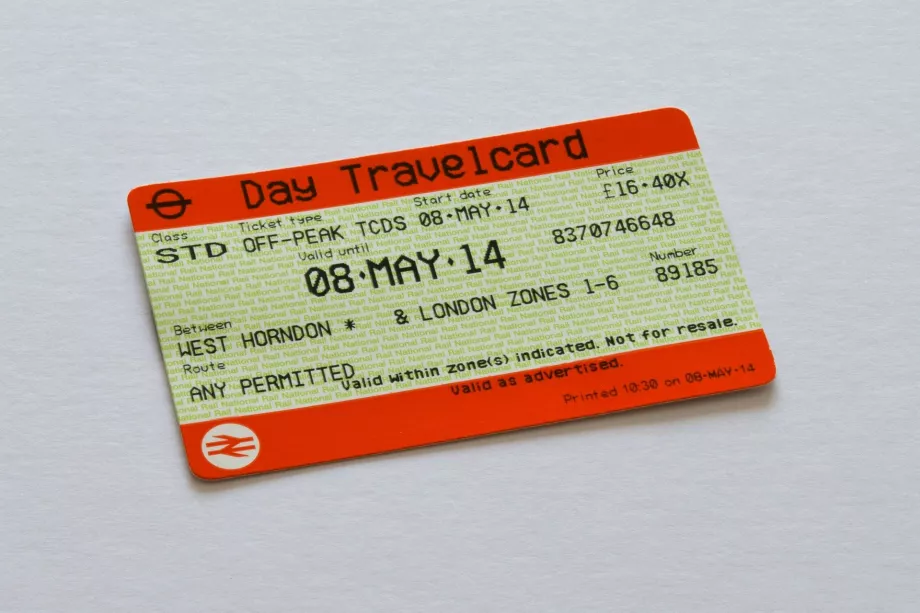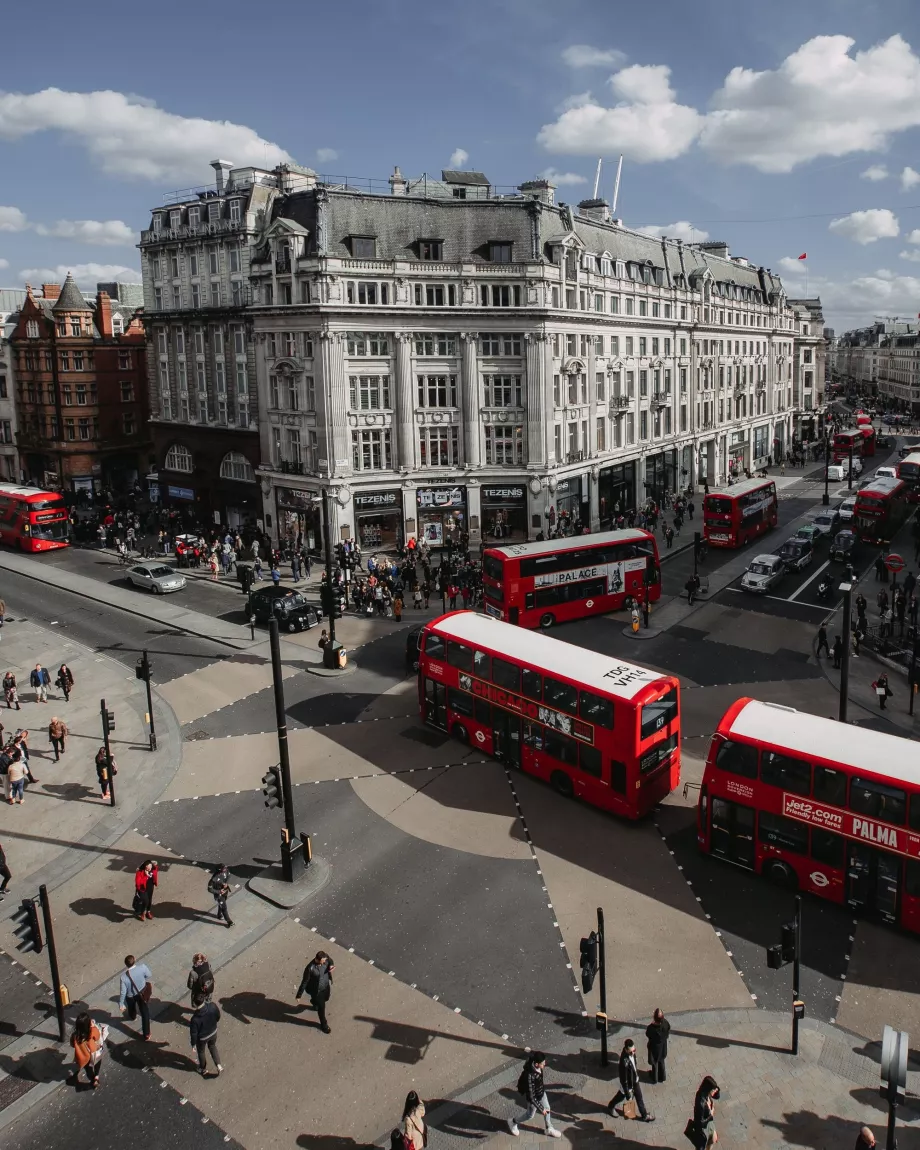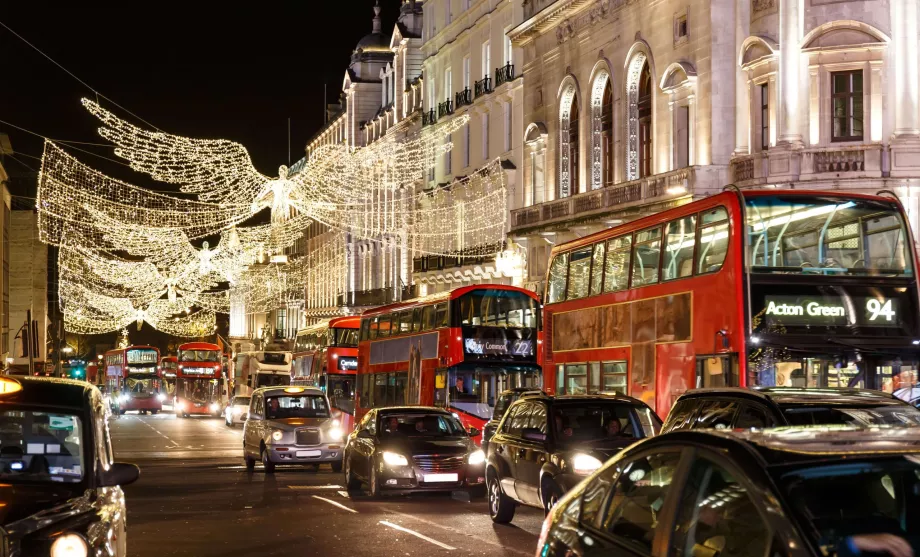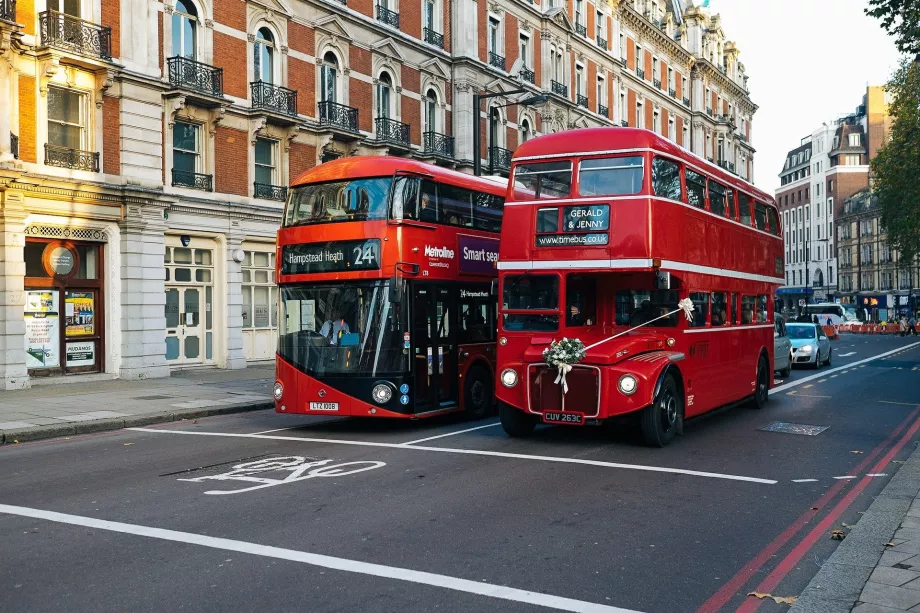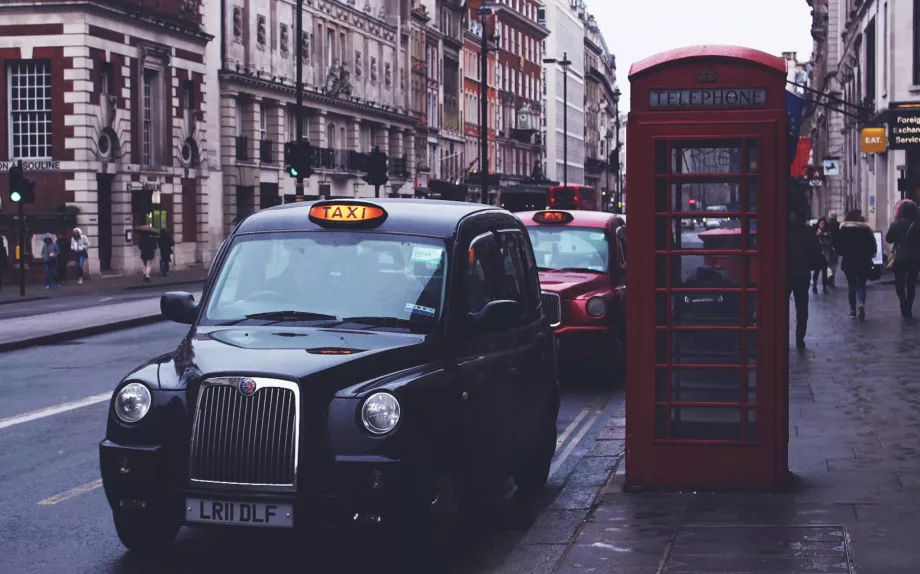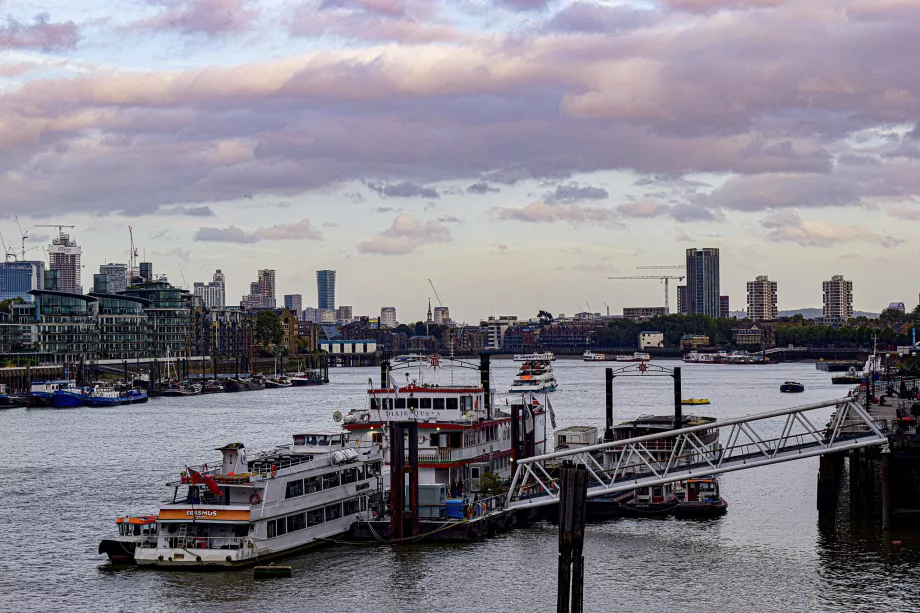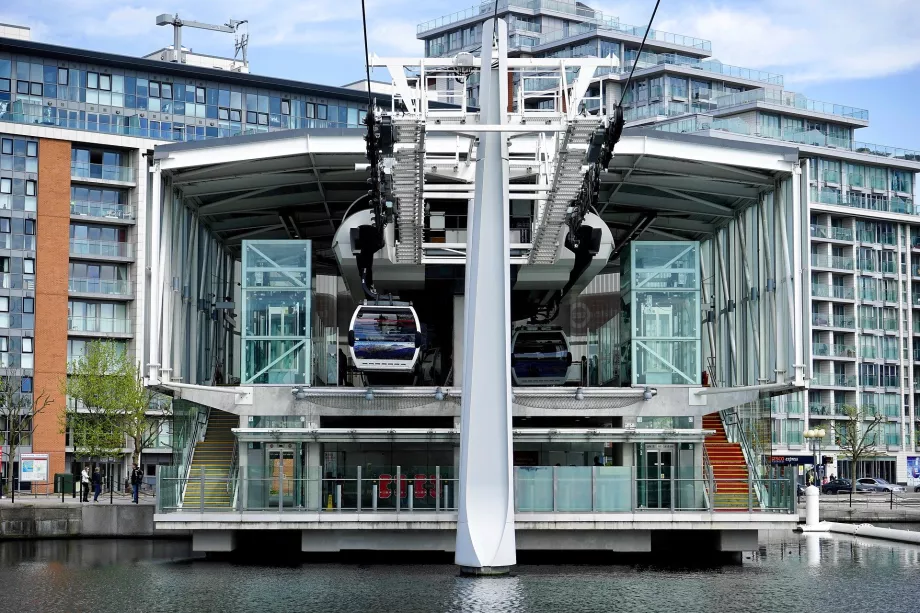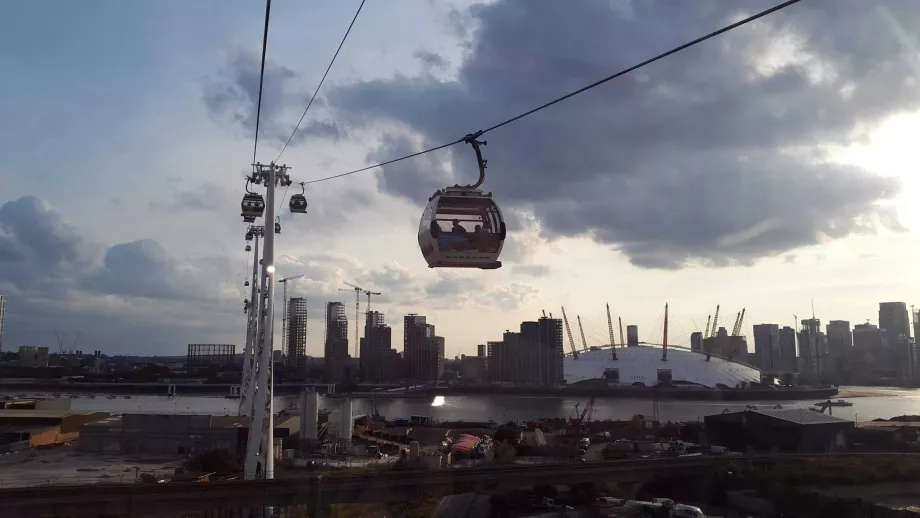Getting around London
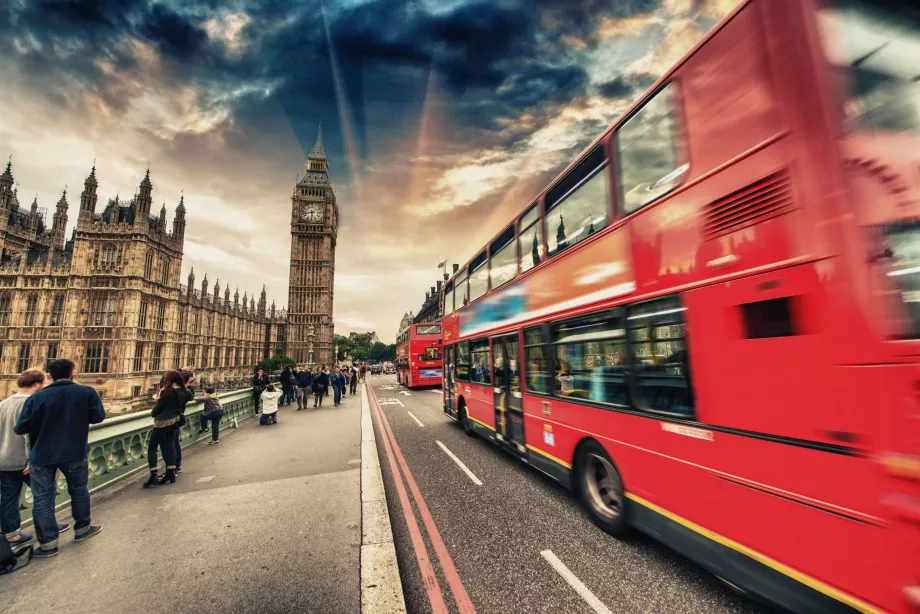
If you want to walk through London honestly, buying a ticket for public transport is unavoidable. Not only are the various points of interest spread across the city at great distances, but accommodation in the very centre is also not among the cheapest.
What are the best ways to pay for London's public transport? How much do day tickets cost and where to buy public transport tickets in London?
Ticket prices and payment
There are several ways to pay for your fare in London.
Your own payment card (Contactless)
The easiest way to pay for public transport in London is with your own contactless payment card. Of course, it is also possible to use a mobile phone, watch and other devices that can be loaded with a payment card to pay.
You just put the card to the sensor when passing through the turnstiles or boarding the bus, and then again when getting off. This will record your journey.
The system is secure and covered by the so-called "card swipe". daily caps, which can be described as the equivalent of a day ticket. In other words, even if you spend the whole day on public transport and put your card to the reader again and again, you will not be charged more than the price of the 'daily cap' for that particular zone for that calendar day.
The daily caps are different for:
- Tube, Rail, London Overground and DLR
- Buses and trams
If you travel by rail only (excluding trams) you will pay slightly less for the daily cap than if you also travel by bus.
If you travel by bus only, you will pay significantly less for the daily limit than if you travel by tube, but buses are unusable for long journeys due to their slowness, so you probably won't be able to avoid the tube.
For more information, including how to register your card (which allows you to track your movements around the city), visit the official London Transport website.
Where and how can I use my own card?
You can use your own card to pay for tickets on all transport in London:
- Tube (Underground) - place your card/mobile at the turnstile when entering and leaving the station.
- TfL red buses - you only need to attach your card to the reader inside the bus when you board. It no longer "beeps" on exit
- DLR Docklands Light Railway (automated underground) - you attach the card to the blue-yellow-grey reader at the entrance and exit of the station, do not go through turnstiles as on the underground, look for the "Card reader" sign
- London Overground trains
- Elizabeth Line trains (effectively a new tube line from 2022)
- National Rail trains (only in London public transport fare zones)
- Tram - the card is attached to the reader inside the tram only when boarding
The system is the same for all train types. Again, large stations have turnstiles on entering and leaving the platform, at small stations on the outskirts of London you may only encounter readers located on the platforms.
Oyster card
You upload a credit card to Oyster card and while travelling you attach it to the yellow readers and the fare is deducted from it. The system therefore works in exactly the same way as when you pay with your own credit card. The fare is the same and you pay 5 gbp to purchase an Oyster Card.
When you buy an Oyster Card (see list of points of sale), you top up the card with any credit you wish, which will be debited progressively according to journeys.
Compared to a regular credit card, the Oyster Card has no advantage for the tourist. On the contrary, you will pay more due to the purchase price of the card itself of £5.
Travelcard (paper ticket)
London's public transport also offers a conservative option for those who for some reason don't want to use their credit cards. You can buy traditional paper tickets from machines at all tube and train stations, but these are more expensive than paying by credit/debit card.
Ticket prices and zones
London and its surrounding areas are divided into a total of 9 fare zones. The more you pass through, the more expensive the fare will be. Most attractions are in zones 1 and 2, you will travel to/from your hotel in the higher zones at most.
As single fares are often as expensive as daily cap fares, below is just an example of the price for the daily cap that will be charged to your card regardless of the number of rides.
Daily caps for metro, DLR, rail
- Zone 1 or 1+2: contactless 8,90 gbp / 16,60 gbp with a paper ticket, weekly maximum fare for 44,70 gbp
- Zones 1 to 3: contactless 10,50 gbp / 16,60 gbp with paper ticket, weekly maximum fare for 52,50 gbp
- Zones 1 to 4: contactless 12,80 gbp / 16,60 gbp with paper ticket, weekly maximum fare for 64,20 gbp
- Zones 1 to 5: contactless 15,30 gbp / 23,60 gbp with paper ticket, weekly maximum fare for 76,40 gbp
- Zones 1 to 6: contactless 16,30 gbp / 23,60 gbp with paper ticket, weekly maximum fare for 81,60 gbp
- Full price list: tfl.gov.uk/fares
The weekly maximum fare is calculated for each calendar week from Monday to Sunday. So if you're in London from Wednesday to Wednesday, for example, your weekly cap will start to count twice - Wednesday to Sunday and Monday to Wednesday.
Individual fares and Daily caps for buses and trams
- 1,75 gbp - fares for 60 minutes
- 5,25 gbp - daily limit
- 24,70 gbp - 7-day limit (counts 7 days from the initial journey, not just Monday to Sunday as with the metro)
Discounts for children, students and senior citizens are not available unless you hold a long term Oyster Card.
Metro
The Tube and Overground are the key means of transport for travelling in and around London, and for the vast majority of journeys you'll only need to use them.
Navigating the Underground seems challenging at first, but it's not, everything is clearly described and you only ever need to know the name of the terminus of the line you want to use and the correct transfer is guaranteed.
As the tube and railways are a very complex system in London, we have prepared a separate chapter for this type of transport:
Buses and double-deckers
The whole of London can be circumnavigated on board a typical red double-decker. The bus journey is slow, but sightseeing with all the trimmings. Just catch a bus that has open seats in the first row on the top deck and then you can just enjoy.
Although not all routes run the double-decker red buses so typical of London, you really don't have to worry about having to wait. The vast majority of routes in the centre are served by double-deckers, which are literally ubiquitous.
Even on the buses you can get by with a credit card. You only ever board through the front door, where you "beep" at the reader. The card is no longer attached to the reader when you exit.
All London stops are signposted. If you are waiting for a bus, you must wave to the driver, but if you want to get off, you must press one of the "stop" buttons, which are placed all over the carriage, well in advance.
Touristy lines to get on:
- Bus 9 (old double-deckers run here) Piccadilly Circus -> Albert Hall
- Bus 12 Parliament -> Piccadilly Circus
- Bus 15 (old double-deckers run here) Strand (or Trafalgar Square) -> Tower of London
- Bus 49 Kensington Palace -> Gloucester Road Station
- Bus 74 Thurloe Place -> Baker Street
- Bus 453 Baker Street -> Trafalgar Square
For maps of bus routes by borough, visit tfl.gov.uk/maps/bus, and for timetables, visit tfl.gov.uk/travel-information/timetables.
Docklands Light Railway
A modern borough that has sprung up on former docks in west London, it is served by an automatic driverless tube system called the DLR: the Docklands Light Railway.
The individual lines are not distinguished by numbers or colours, but transfers are clearly signposted and simple, always on only one platform at a time with no need to change.
The system works in the same way as a conventional underground. You pass through turnstiles when entering and leaving the station, and you always need to attach a credit card or paper ticket to the reader.
Trains in London
Within the so-called "Greater London", i.e. zones 1-9, you can also use all local trains running purely within London (London Overground) or individual companies from London to the surrounding conurbations (National Rail) for London fares.
Trains are an ideal form of commuting from destinations further out of the centre, where they are always a significantly faster form of transport than the Tube. Meanwhile, the frequency of rail services is similar to that of the Underground in the outer suburbs, typically running once every 6 to 10 minutes. For more detailed information, see the chapter Tube and trains in London.
Taxi / Uber / Bolt
A stylish transport option is the traditional black London „cabbie“ or taxi. It's not cheap.
A short-distance (1-mile) ride will cost around 4 to 7 gbp, then for longer distances within the city it is around 3-4 gbp per mile. You can pay by card in all taxis, and dishonesty by London taxi drivers towards tourists is quite rare.
Alternative taxi apps such as Uber and Bolt are very popular in London, operating at all hours of the day and night and are usually significantly cheaper than traditional taxis. They can even be cheaper than public transport for longer journeys with more people.
Boat transport - River Bus
In addition to cruise ships, public transport ferries called River Bus ply the waters of the Thames on several routes. There are no regular daily fares or daily caps, but again, tickets can be paid for with a card simply by swiping a reader.
Fares are broken down by zone and range from 5,60 gbp to 9,60 gbp.
You can also pay for your ride via the Uber app.
Tram
It comes as a surprise to many tourists that you can also ride the tram in London. Admittedly only on the outskirts of the city and for tourist purposes you practically don't use them at all, but this information can still come in handy.
Two tram lines run from West Croydon train station in the southern suburbs of London to Wimbledon and then further south to the boroughs of Beckenham and New Addington.
Tram fares operate in the same way as buses. You swipe your card at the reader in the carriage on boarding and alighting. Unlike on a bus, you can board through all doors.
IFS Cloud cable car
In East London, you can cross the River Thames in style on the IFS Cloud cable car, a suspended cable car that serves as both a quick crossing of the river and a tourist attraction with great views.
The cable car fare is separate from other modes of transport and is not subject to 'Daily Caps', the maximum daily limits. One ride costs 6 gbp, return 12 gbp.
Information and timetables can be found at tfl.gov.uk/london-cable-car.
Night transport in London
Regular tube, train and daytime bus services run underground and on the surface of London from about 5am to 12.15am.
Then, during the night, there are around 40 special bus routes each day, always marked with the letter N and a line number. These run at intervals of 15-30 minutes throughout the night and fares are the same as for daytime services.
In addition, there are all-night services on the Central, Victoria, Jubilee, Piccadilly and Northern Tube lines on Friday to Saturday and Saturday to Sunday nights. In addition to these, there is one London Overground line from Higbury/Islington to New Cross.
Any questions left?
If you have any questions or comments about the article...

